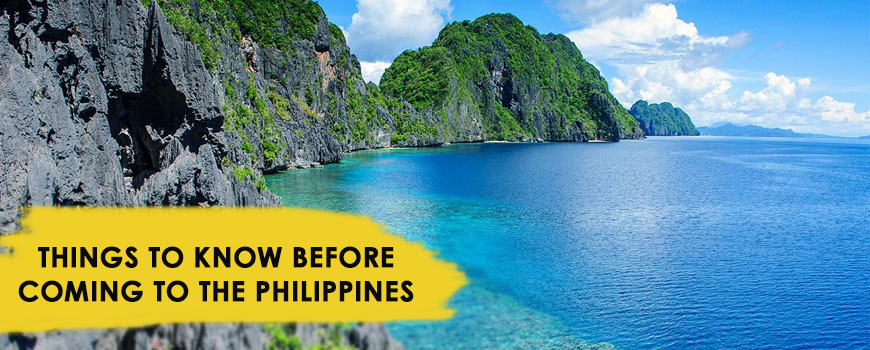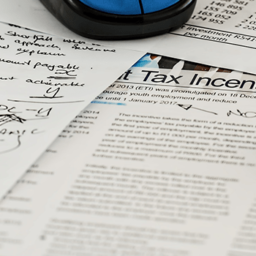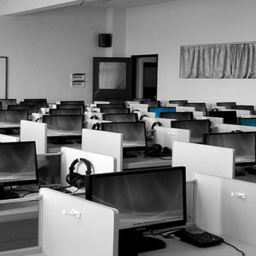
Things to Know Before Coming to the Philippines
Climate and Clothing
The Philippines is geographically situated within the Pacific Ring of Fire, making it a tropical country with two official seasons – the dry and wet. Although outside can be hot and moist, most office and commercial spaces are climate-controlled so that they are comfortable to western standards.
Despite the tropical climate, business or business casual attire is common in Philippine offices. Men wear either a western-style shirt and slacks (jackets are occasional, ties are uncommon), or they wear a Philippine office barong, typically a linen embroidered dress-shirt that is worn untucked. Women wear western office attire but many prefer skirts, blouses, and dresses for comfort in the tropical heat.
Although shorts and sandals are ubiquitous on the city streets and beaches, some office and government buildings have dress codes that discourage such attire.
Expect Insects
In this tropical climate, tiny-pricking-and-biting arthropods with wings and delicate feet abound outside. Locals seem to have uncanny immunity, but visitors load up on bug spray before they come. Locally, insect repellent is sold in lotion form, both chemical and natural. However, sprays are nearly impossible to find. Those sensitive to insect bites with strong preferences might want to stock up before coming.
Visas and Immigration Requirements
The Philippines allows foreign travelers of many nationalities to enter the country without obtaining a visa in advance. Stays beyond a specified period then require the foreign national to obtain a tourist visa extension. To be sure you know what to expect, why not contact us? The Kittelson & Carpo visa staff is happy to answer questions about specific requirements related to your country.
One thing that has tripped up many foreigners planning for an extended tropical vacation – the return ticket. Non-Filipinos coming to the Philippines must be sure to have a continuing ticket and valid passport, or else they can be refused at the airport. Proof can be either a booked return ticket to one’s home country or another foreign destination.
Also important is that the passport must be valid for six months beyond the intended date of departure.
Ready for Every
Culture. Philippine culture is nuanced! Learn to differentiate manners. Philippine humor, for instance, is very different from U.S. humor. Local people are quick to laugh, especially in seemingly stressful situations. However, sarcasm? It’s often lost on unexpecting Filipinos.
Weather Wheel
As mentioned above, there are primarily two seasons in the Philippines. The “cool” season is felt in the months between December and February. However, “cool” is relative. In Manila, “cool” can mean a super comfortable mid 70s fahrenheit. “Summer” stretches from March to May and can be brutal for westerners. The “rainy” season starts in June, ending around November. During the rainy season, locals bring an umbrella to work every single day because regardless of how the weather looks in the morning, chances are the evening commute will be wet.
Cash Caution
Cash, the Philippine Peso, is by far the most widely used currency in the Philippines. ATMs are all over the larger cities and can provide a convenient way to pull local currency. Although larger and international stores will accept credit or debit cards, most smaller and local establishments don’t have the capability to process a foreign card. Bills are colorful, and local merchants are always grateful for small bills.
If you make it out into the provincial areas, cash is your best bet.





